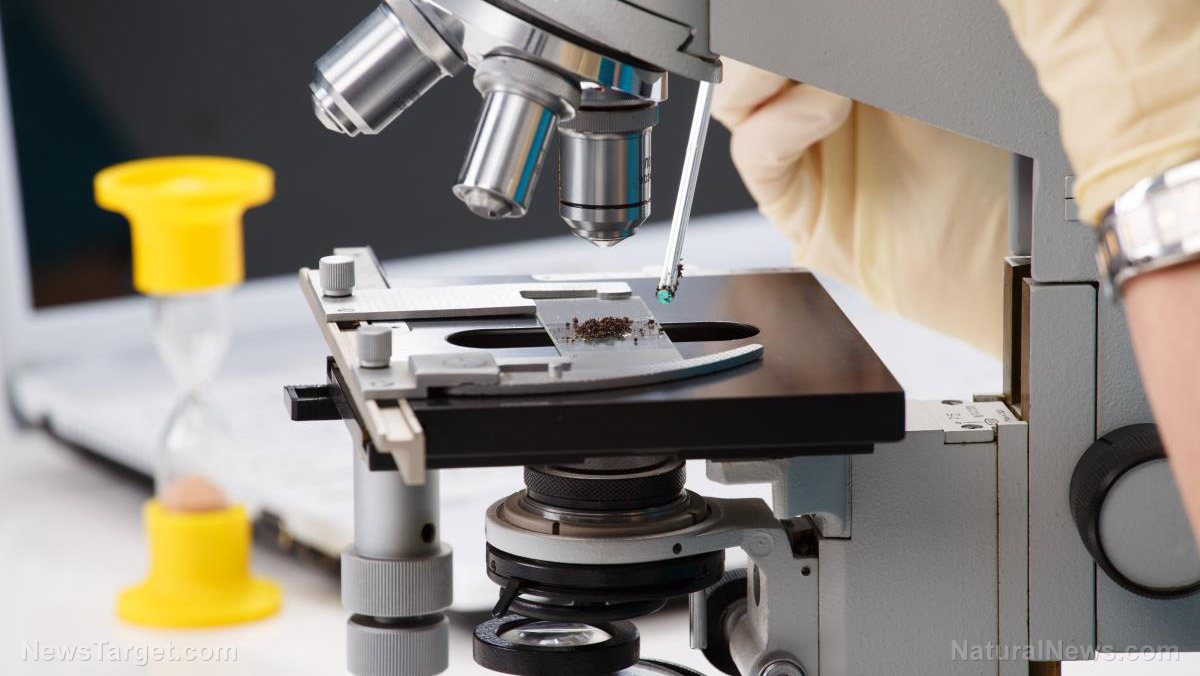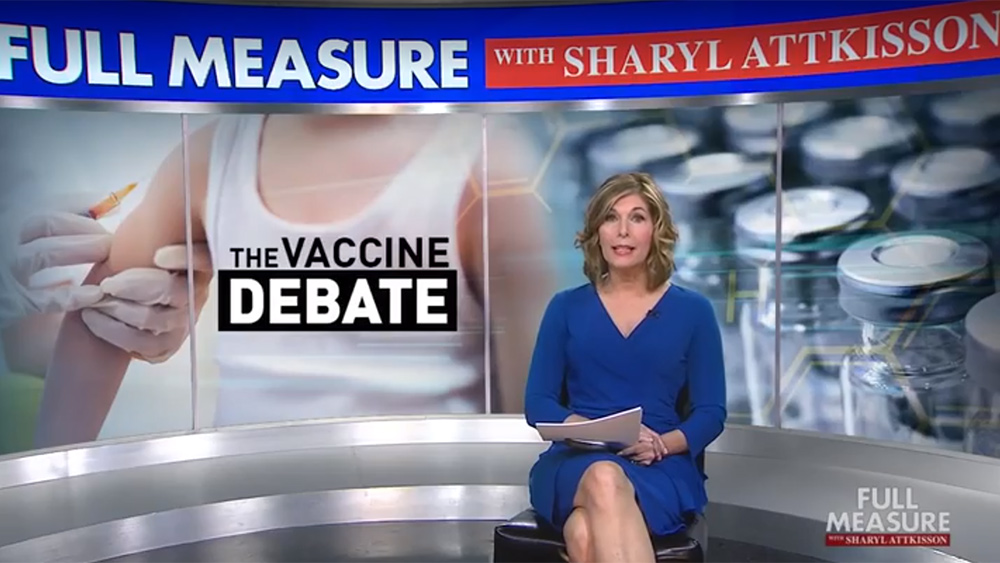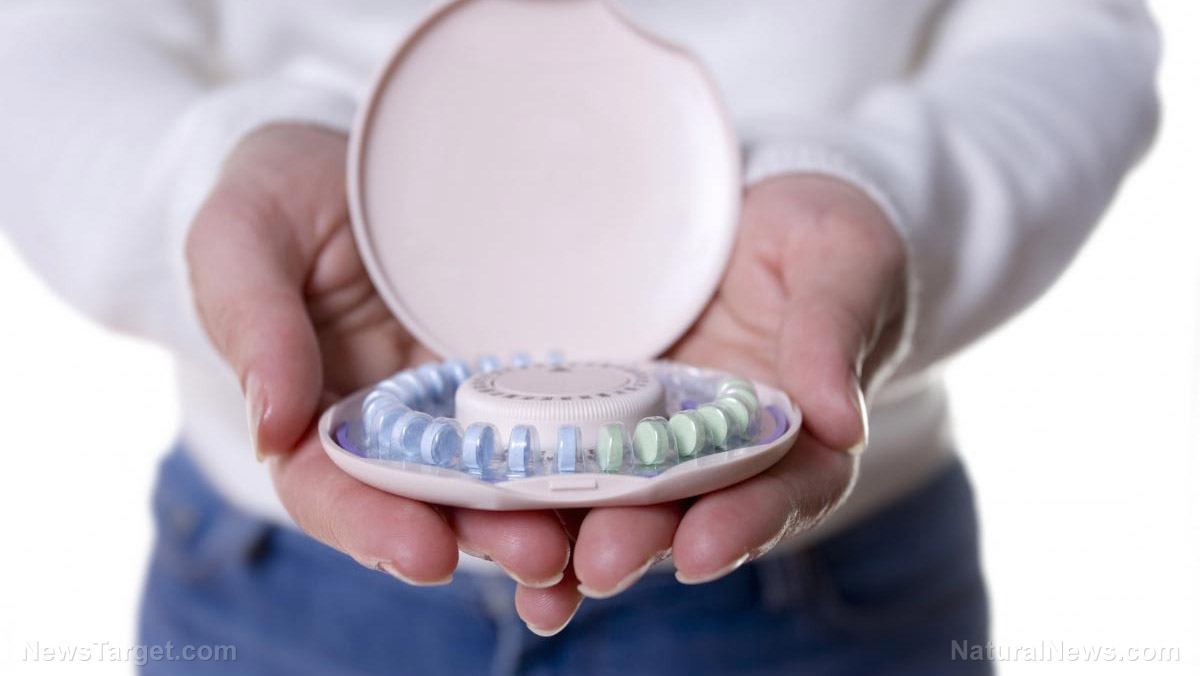Software-powered medical diagnosis already more reliable than “subjective” diagnoses from human doctors
04/15/2018 / By Edsel Cook

British researchers have developed a new imaging technology for analyzing tumor biopsies. Furthermore, they claim their Digistain technology enjoys greater reliability compared to subjective diagnoses by human health professionals, according to an article in ScienceDaily.
The Imperial College London (Imperial) research team promised that their new method can reduce the subjectivity and variability often encountered when grading the current stage of a cancer. They published their findings in the journal Convergent Science Physical Oncology.
The biopsy procedure has been used to diagnose cancers for more than a century. In a biopsy, a sample of the tumor is taken, cut into thin slices, and stained with vegetable dyes.
Specialists view this H+E stained sample with a microscope; they’re meant to judge the severity of the cancer through visual observation.
This “grading” process serves as the primary basis for doctors to decide on critical treatments that could upend the lives of patients and their families. However, health practitioners who study the same slice arrived at the same analysis only around 70 percent of the time.
These conflicting subjective observations could result in over-treatment of patients. (Related: Another study finds Vitamin D reduces risk of cancer – by 20% or more.)
Digistain eliminates subjective human judgment from cancer diagnosis
In order to reduce subjectivity during tumor biopsies, the Imperial team developed Digistain index technology. It uses mid-infrared light to map out the biological markers for cancer in the tissue slice.
The power of the elements: Discover Colloidal Silver Mouthwash with quality, natural ingredients like Sangre de Drago sap, black walnut hulls, menthol crystals and more. Zero artificial sweeteners, colors or alcohol. Learn more at the Health Ranger Store and help support this news site.
The most important biomarker is the nuclear-to-cytoplasmic ratio (NC ratio). It can be found in many types of cancer.
“Our machine gives a quantitative Digistain index (DI) score, corresponding to the NCR, and this study shows that it is an extremely reliable indicator of the degree of progression of the disease,” asserted Chris Phillips, the study’s lead author and a professor at Imperial’s Department of Physics.
According to Phillips, Digistain relies on physical measurements instead of human judgment. This eliminates the element of chance in diagnosing the severity of cancer.
To test out their new technology, Imperial researchers performed a clinical pilot trial. They acquired two adjacent slices from 75 breast cancer biopsies as experimental samples.
Participating health professionals used the standard H+E stain protocol to analyze the first slice of the tumors. They also identified the tumorous section of the slice, which is called the “region of interest” (RoI).
The Digistain imager was used on the other, unstained slice. The resulting DI value was averaged over the RoI from the first slice. Subsequently, the results underwent statistical analysis.
“Even with this modest number of samples, the correlation we saw between the DI score and the H+E grade would only happen by chance 1 time in 1400 trials. The strength of this correlation makes us extremely optimistic that Digistain will be able to eliminate subjectivity and variability in biopsy grading,” reported Phillips.
Digistain will one day be able to diagnose any cancer
The NC ratio factor stems from the disruption of the reproductive cell cycle, when the nuclei of the cells are compromised by errant DNA. This origin makes it a common biomarker for numerous cancers, which is why Digistain specifically targeted it.
The Imperial researchers believed that Digistain can be applied to the diagnosis of any cancer. They also claimed that their imaging technology is affordable, easy to integrate into hospital laboratories, and simple enough for use by non-specialist staff.
“It’s easy to prove its worth by checking it with the thousands of existing biopsy specimens that are already held in hospital archives. Together these facts will smooth the path into the clinic, and it could be saving lives in only a couple of years,” Phillips said.
Find out more at Cancer.news.
Sources include:
Tagged Under: biomarkers, biopsy, breast cancer, cancer, cancer biopsy, cancer diagnosis, cancer-grading technology, computing, Digistain index technology, doctors, H+E stain, medical science, medical technology, tumor




















